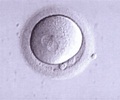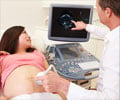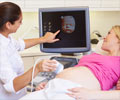Researchers combined intravenous microbubbles with transthoracic ultrasound to restore blood flow to the heart muscle in myocardial infarction patients.

Nearly 250,000 people experience STEMI heart attacks annually; one of the most important factors for recovery is quick treatment to reduce blockages and restore blood flow to prevent muscle death.
While this sonothrombolysis technique has previously been studied in animals. This is a breakthrough, first-in-humans study in patients with acute myocardial infarction that has the potential to revolutionize the treatment of these patients and other acute thrombotic diseases such as stroke and deep venous thrombosis, noted senior author Wilson Mathias, Jr., MD.
The research team used a standard diagnostic ultrasound transducer to apply high mechanical index impulses during a continuous infusion of Definity microbubble contrast agent in a large emergency room setting, both immediately prior to and immediately following emergent percutaneous coronary intervention (PCI).
Those patients who were randomized to one of two sonothrombolysis groups showed both higher recanalization rates at initial angiography and improving cardiac function. Most importantly, no patient deaths were experienced and door-to-dilation times were not affected, demonstrating both safety and feasibility for this technique in STEMI patients.
Primary Investigator Dr. Bruno Garcia Tavares will present this research during the prestigious 2015 Arthur E. Weyman Young Investigator Award Competition on Monday, June 15 at the conference.
Advertisement















